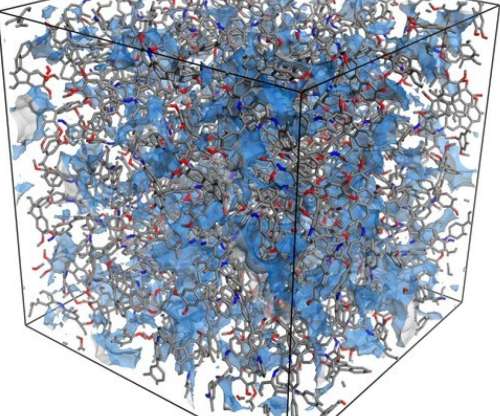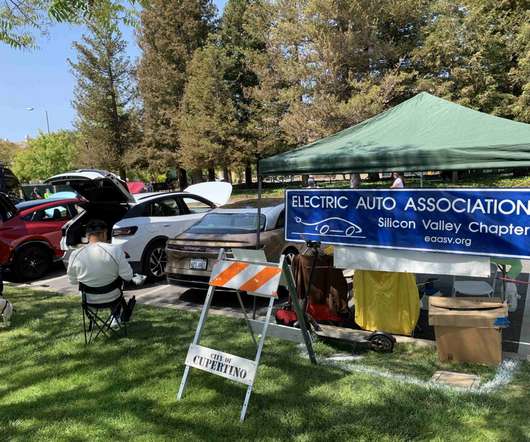EIA: China’s use of methanol in liquid fuels has grown rapidly since 2000; >500K bpd in 2016
Green Car Congress
FEBRUARY 23, 2017
Annual methanol consumption in China, 2000-16. EIA research indicated that part of the reason for the underestimation of transportation sector consumption of liquid fuels stemmed from the use of methanol and its derivatives that were increasingly added into China’s gasoline and liquefied petroleum gas (LPG) streams. Click to enlarge.
























Let's personalize your content